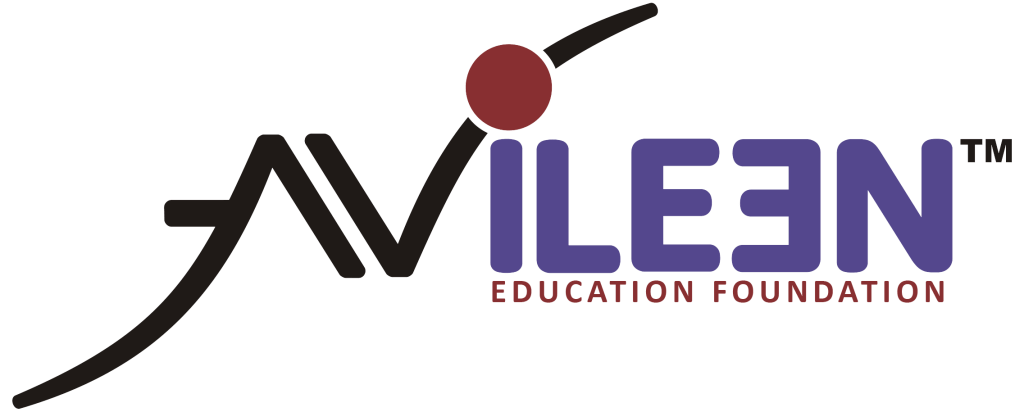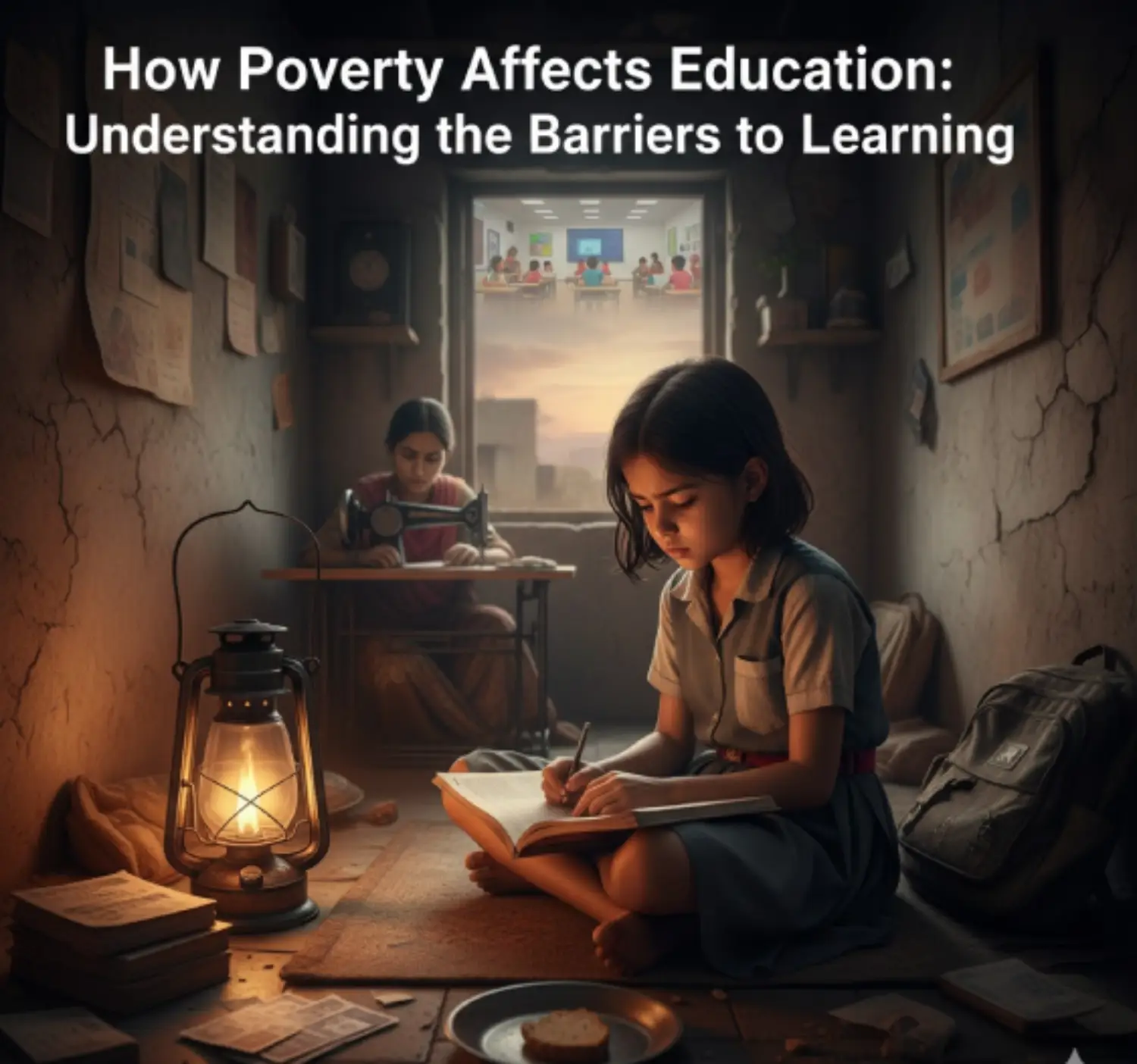Education is often referred to as the great equalizer. However, in reality, it is not available to all. Millions of Indian children struggle to get a good education due to poverty. In India, the relationship between poverty and education is complex. Financial struggles impact every aspect of learning – from attending school to remaining motivated to complete studies
It is a vicious cycle: Without education, children are trapped in low-income situations, and without financial assistance, they can’t access quality education. To create equal opportunities, it’s important to examine the barriers and challenges that exist, as well as possible solutions, to overcome the deep-rooted links between poverty and education in India.
Understanding socio-economic barriers to education
Socioeconomic barriers to education include all obstacles that children from low-income families face when trying to access learning opportunities. They include costs for transportation, uniforms, school supplies.
Families often place immediate survival above long-term learning. Parents often pull their children out of the classroom to earn money, which is one of the main causes of education inequality. The gap between rich and poor students continues to grow
Child labor and its impact on education
In India, the impact of child labor on education is significant. To support their families, millions of children are forced to work in low-paying jobs. Once a child starts working, it becomes extremely difficult to return
Instead of learning math, science, or reading, children spend hours in the fields, in factories, or doing domestic work. Not only are they deprived of formal education, but their chances of escaping poverty in the future are also diminished. In India, tackling child labor is crucial to breaking the cycle of poverty and poor access to education in India.
Student Economics: Challenges and Opportunities
Many families consider sending their children to school a luxury. The economic challenges students face are many, ranging from the hidden costs of education to a lack of digital resources. Even though public education is free, extra expenses like books, transportation, and exam fees can create financial stress..
These challenges intensified during the pandemic. Children from wealthy households were able to continue their classes online while poorer students did not have access to devices or the internet.These structural gaps highlighted and showed how education inequality keeps repeating.
Hidden Costs of Learning
Hidden costs are one of the greatest obstacles to bridging the gap between poverty and education in India. Indirect expenses deter many families, even though policies aim to provide free education. These costs include:
- Costs of uniforms, study materials, and other school supplies
- Exam fees and extra coaching
- Transportation costs for students commuting from rural areas
- The loss of household income when children attend school
These socioeconomic barriers to education are largely responsible for the high dropout rate in India, preventing many children from completing their education.
Causes of Educational Inequality
The roots of inequality run deeper than money.The causes of educational inequality include poor educational infrastructure, a shortage of qualified teachers, and unequal distribution between rural and urban schools.
Many rural schools lack electricity, safe drinking water, or adequate classrooms. Inadequate sanitation facilities are a major reason for female students to drop out. These systemic issues widen the gap, making rural children more susceptible to the effects of poverty and education in India.
Role of government and policy
Government initiatives such as the Right to Education Act and midday meal programs address these challenges. The provision of meals improved attendance, while free books and scholarships helped to reduce costs.
However, the impact of these policies is limited if they do not also address socioeconomic barriers to education. For long-term success, it is essential to have stronger monitoring systems, better teacher training, and more community involvement Platforms like Vidyalaya.org can help by providing school management systems to improve transparency and access in education. Benefiting both teachers and students.
Participation of the Community and Non-Governmental Organizations
Government initiatives cannot solve the deep-seated issues of education and poverty alone. Local communities and NGOs play a crucial role. Community-based learning programs, vocational training, and sponsorships to help low-income kids have been impressive.
By pooling resources and encouraging community involvement, grassroots initiatives combat basic educational inequalities causes They also ensure children don’t fall through the cracks. Supported by organizations such as Vidyalaya.org, many digital learning projects help to expand access in underprivileged areas.
Breaking the cycle of poverty through education
Breaking the cycle of poverty requires addressing child labor education impact, affordable schooling, and reducing dropouts. Education can transform families and entire communities. But this transformation requires structural and social changes.
Solutions include localized teaching in regional languages, digital access, and vocational training. To have a long-term effect, it is important to empower families to view education as a positive investment and not merely a burden.
FAQs on How Poverty Affects Education
1. What is the impact of poverty on education in India?
Poverty limits access to education, increases dropout rates, and limits opportunities. The connection between poverty and education in India demonstrates how economic hardship directly affects learning.
2. What are the main socioeconomic obstacles to education?
The most significant socioeconomic barriers to education are financial difficulties, lack of infrastructure, and hidden costs of schooling, as well as poor nutrition. All of these factors lower academic performance.
3. How does child labor affect education?
The Child Labor Education Impact has a severe impact on children. They are taken away from the classroom and forced to work, preventing them from achieving academic success.
4. What are the main causes of educational inequality in India?
Uneven resource distribution, teacher shortages, rural-urban divides, and inadequate facilities in marginalized areas are the main educational inequality causes

